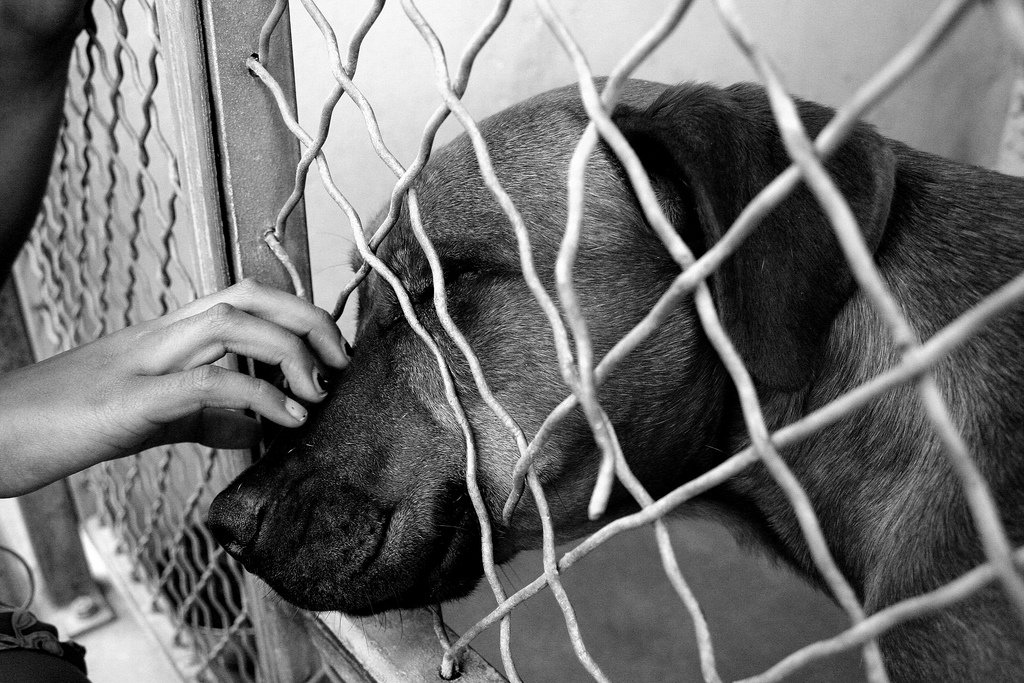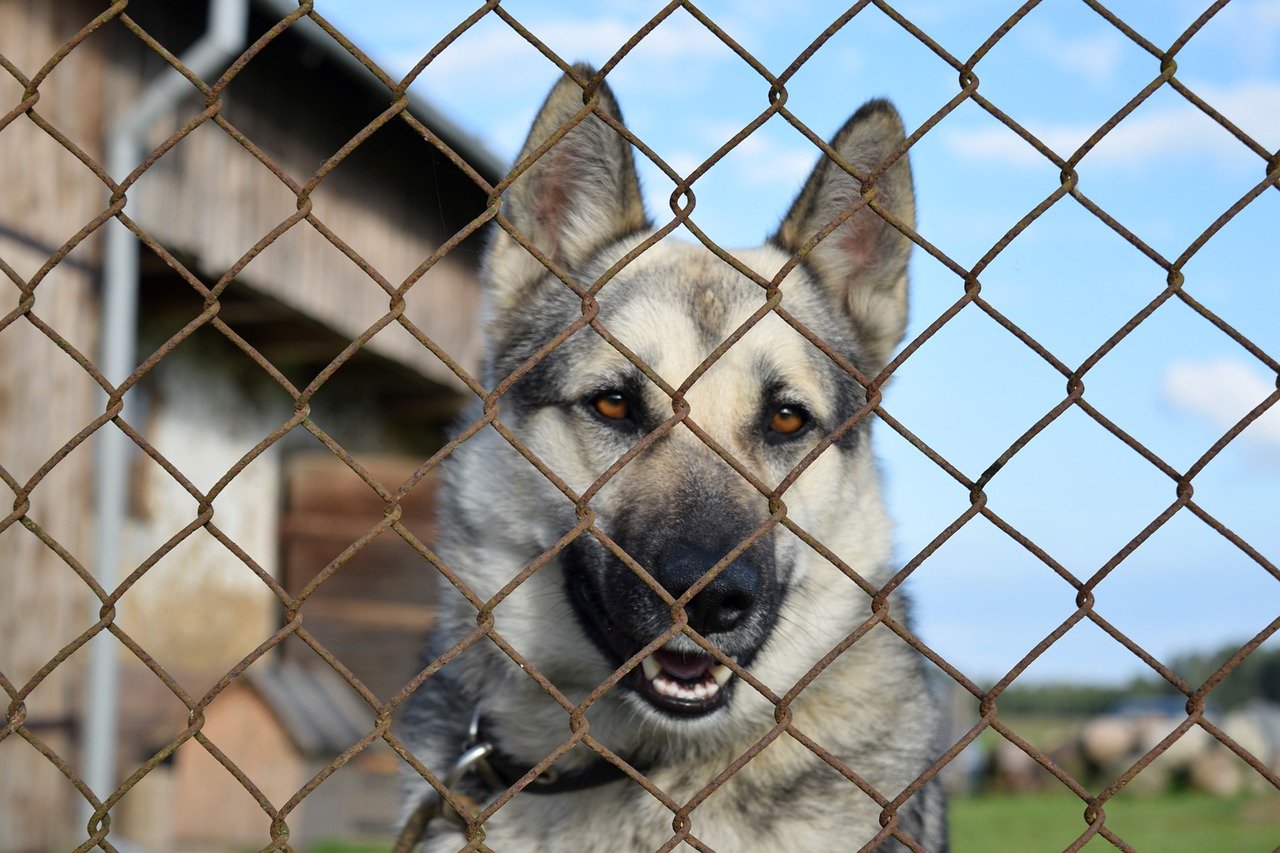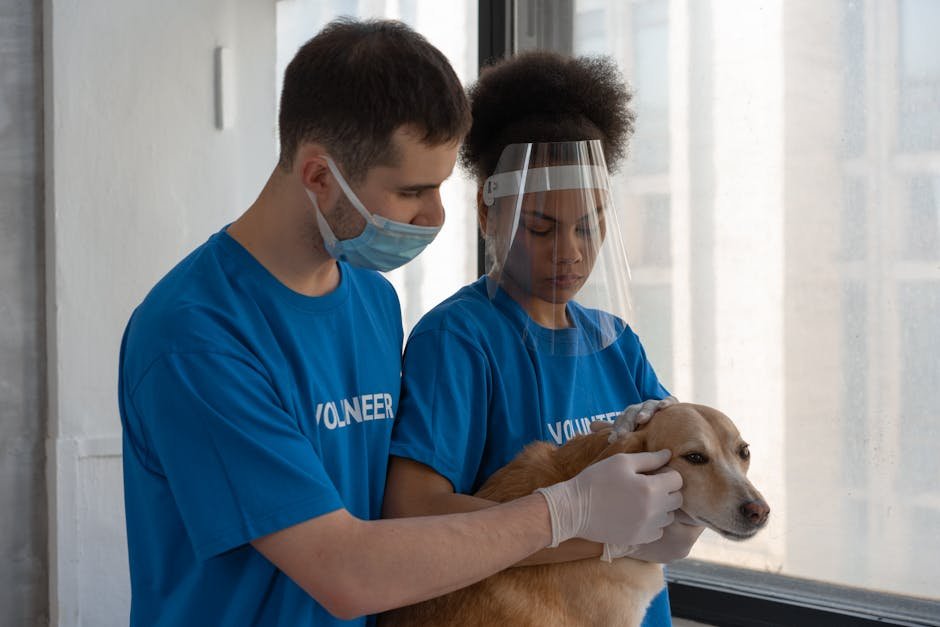The Essence of Animal Shelters
Animal shelters have always been a haven for stray, abandoned, or rescued animals. They provide a temporary home where animals can find safety, nourishment, and care until they are adopted. Imagine a busy city street where a lost dog wanders aimlessly. An animal shelter steps in as a beacon of hope, offering that dog a second chance. These shelters operate as pivotal institutions, ensuring that animals are not left to fend for themselves. They also serve as a bridge between animals and potential adopters, fostering connections that could last a lifetime. Yet, the methods and philosophies behind these shelters spark heated debates, especially when it comes to the terms “kill” and “no-kill.”
Defining Kill Shelters
Kill shelters, also known as open-admission shelters, accept all animals regardless of their condition or behavior. This inclusivity means they often become overcrowded, leading to difficult decisions about euthanasia. The term “kill” can sound harsh, but for many shelters, it’s a last resort. They face constraints like limited space, funding, and resources, which sometimes force them to make heartbreaking choices. Many argue that rather than focusing solely on euthanasia, the emphasis should be on the challenges that lead to such decisions. It’s important to understand that these shelters often work tirelessly to rehome as many animals as possible, but they face significant obstacles.
Understanding No-Kill Shelters
No-kill shelters operate on a different philosophy, aiming to save and rehome every healthy or treatable animal. They often have a save rate of 90% or higher, meaning they only euthanize animals that are terminally ill or pose a threat to humans or other animals. This model is appealing to many because it aligns closely with the desire to preserve animal life. However, no-kill shelters face their own challenges, from limited intake capacities to financial constraints. They often have to turn away animals when they reach capacity, which can leave some animals in precarious situations. The no-kill approach requires a strong community support system and a network of foster homes and volunteers.
The Ethical Dilemma

The debate between kill and no-kill shelters is deeply rooted in ethical considerations. On one hand, the idea of euthanizing animals due to space or resource constraints is distressing for many animal lovers. On the other hand, no-kill shelters must sometimes turn away animals, possibly leaving them vulnerable. This ethical balancing act is like walking a tightrope, where every decision can feel like a precarious step. Advocates on both sides argue passionately for their perspectives, each rooted in a love for animals and a desire to see them thrive. The ethical dilemma is not about right or wrong but about finding the most humane solution within the constraints faced.
Moreover, think about this. Would you rather have a dog lying in some ditch suffering till it succumbs to illness or injury, or would you rather have it taken to a shelter where it could spend its last moments cared for?
The Role of Community Support

Community support is the lifeblood of both kill and no-kill shelters. Donations, volunteering, and fostering are crucial elements that help shelters function effectively. Imagine a patchwork quilt, where each piece represents a community member contributing their time, money, or resources. Without these contributions, shelters struggle to provide the care and services needed by the animals. Community involvement can also help alleviate some of the pressures faced by shelters, providing more resources and options for animals in need. When communities rally together, they can create a supportive network that benefits both the animals and the shelter staff.
Financial Strains and Funding

Financial constraints are a significant challenge for all shelters, regardless of their operational model. Many rely heavily on donations, grants, and government funding to stay afloat. Picture a bucket with a small leak; the water represents resources, and the leak symbolizes the constant drain of funds. For kill shelters, financial strain can mean the difference between life and death for some animals. For no-kill shelters, it can limit their capacity to take in new animals. Addressing these financial challenges requires innovative solutions, like fundraising events, partnerships, and increased public awareness.
Adoption and Rehoming Efforts

Successful adoption and rehoming efforts are crucial to reducing the number of animals in shelters. Both kill and no-kill shelters prioritize finding loving homes for their animals. Think of it as a matchmaking service where the goal is to find the perfect human-animal pairing. Adoption drives, social media campaigns, and community events are just a few of the methods used to increase adoption rates. Educating the public about the benefits of adopting from shelters can also play a significant role. The more animals that find homes, the more space and resources become available for those still in need.
Challenges of Overpopulation

Animal overpopulation is a pervasive issue that shelters contend with daily. The sheer number of animals entering shelters can overwhelm even the most well-equipped facilities. It’s akin to a flood where the water keeps rising, threatening to breach the levees. Spaying and neutering programs are essential tools in combatting this challenge, helping to reduce the number of unwanted animals born each year. Public education about responsible pet ownership can also help mitigate overpopulation. Addressing this issue requires a multifaceted approach that combines prevention with effective shelter management.
Innovative Solutions and Alternatives

As the debate continues, innovative solutions and alternatives are emerging within the shelter community. Some shelters are exploring community-based initiatives, like trap-neuter-return programs, to manage stray populations. Others are leveraging technology to streamline operations and improve adoption processes. Imagine a toolbox filled with various tools, each representing a different strategy or innovation. By utilizing these diverse approaches, shelters can better navigate the challenges they face. Collaboration between shelters, rescues, and community organizations also plays a vital role in finding sustainable solutions.
The Human Element: Staff and Volunteers

Behind every shelter is a dedicated team of staff and volunteers who work tirelessly to care for the animals. Their compassion and commitment are the driving forces that keep shelters running. Picture a relay race where each team member passes the baton, representing their shared responsibility and support. Staff and volunteers often go above and beyond, providing not only physical care but also emotional support to the animals. Their efforts are a testament to the profound impact that human kindness can have on the lives of animals in need. Without their dedication, the challenges facing shelters would be insurmountable.

Esther is from India; the heartbeat of South Asia, holding a Master’s degree in Zoology and a postgraduate diploma in Animal Welfare. Her enthusiasm for animal welfare drives her passion and dedication to working for animals, ensuring their well-being, and advocating for their rights. With a solid academic background and hands-on experience, she is committed to making a positive impact in the field of animal welfare. In her free time, she enjoys embroidery and sewing. As a Chennaite from Tamil Nadu, Esther loves Bharathanatyam, an Indian classical dance form.





